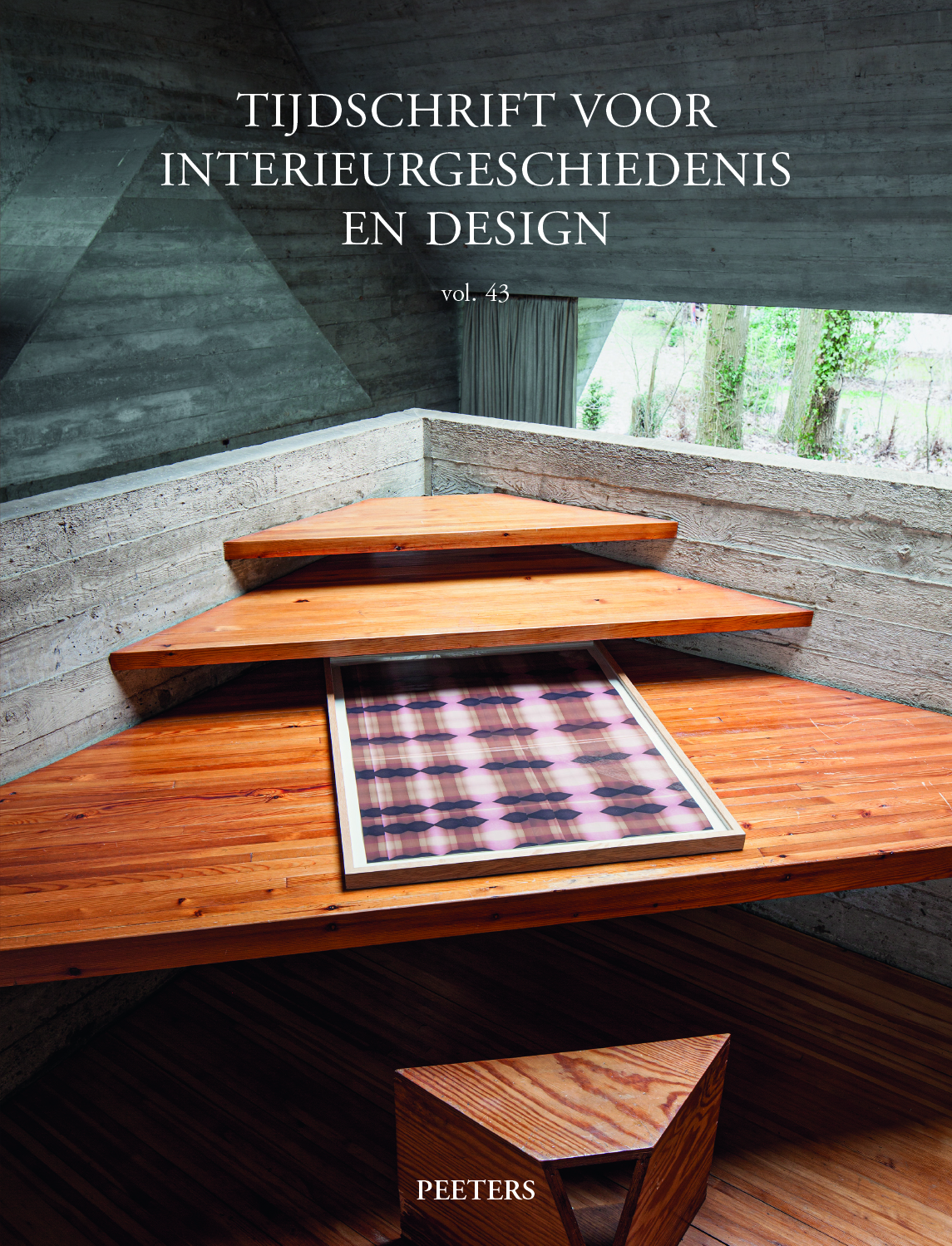 previous article in this issue previous article in this issue | next article in this issue  |

Preview first page |
Document Details : Title: Verborgen plekken ontbloot Subtitle: Lichaamshygiëne en wooncultuur tijdens het interbellum in Vlaanderen Author(s): DE CAIGNY, Sofie Journal: Tijdschrift voor Interieurgeschiedenis en Design Volume: 36 Date: 2007-2009 Pages: 47-68 DOI: 10.2143/GBI.36.0.2131155 Abstract : This article demonstrates that during the interwar years there were no conventions concerning the frequency and the place where the body should be cleaned in one’s home. While a specialised bathroom was a shared commodity in the dwellings of a wealthy (urban) elite, a special place for cleaning the body remained very exceptional in most of the dwellings of farmers, workers and employees. This gap between the civic ideal of a bathroom, preferably located near the bedroom, and the living habits of the majority of the population, was not only the result of financial and technological conditions; it was also intertwined with notions of intimacy, the danger of infection and the recalcitrance of ‘living habits’ in various sections of the population. Convinced of the moral and physical importance of modern technological cleaning instruments, an army of housing educators went on an offensive in order to close the gap and to bring more ‘water civilisation’ into dwelling culture. These housing educators developed well thought out strategies for the promotion of modern bathing technology and practices. In the process they took into account the needs and possibilities of their target group and looked into how the actual organisation of the dwellings and the housekeeping of the group could be transformed to the ideal image towards which they strived. Individual housing educators added their own accents in this civilising campaign. The architects and policy-makers of the 'Nationale Maatschappij voor Goedkoope Woningen en Woonvertrekken' ('National Society for Low-cost Dwellings and Housing', NMGWW) believed that by calling for a permanent place in the dwelling for a bath or bathroom, living practices would shift towards the civic ideal. These actors formed part of an international network in which they taught how this ideal could be realised with a minimum of financial efforts. In practice it was in fact not all that simple to keep local housing associations informed of international discussions concerning sanitary fittings in workers’ dwellings. On a local level there was thus a great deal of experimentation with alternative technologies. In contrast to the strategy of promoting bodily cleanliness by means of the spatial organisation of the dwelling, the housing educators from the social intermediary organisations aimed to influence people’s actual washing habits. Through the hierarchical structure of these organisations, their arguments concerning living habits reached right into the homes of their target group. These housing educators thus became highly aware of the financial and technological limitations among their base, but also of the obstinacy of certain ideals and ways of living. With their arguments in connection with bodily hygiene they attempted to address the real needs and wishes of their target group. As varied as the strategies of the different housing educators were, they all fed into an overarching tendency, as bodily hygiene won a place for itself in the dwellings of the different social groups. This convergence was in fact not only the result of the campaign for more bodily hygiene; the desire for social status and the urge to imitate among diverse social groups also encouraged the increased importance of bodily cleanliness in the home. |
|


